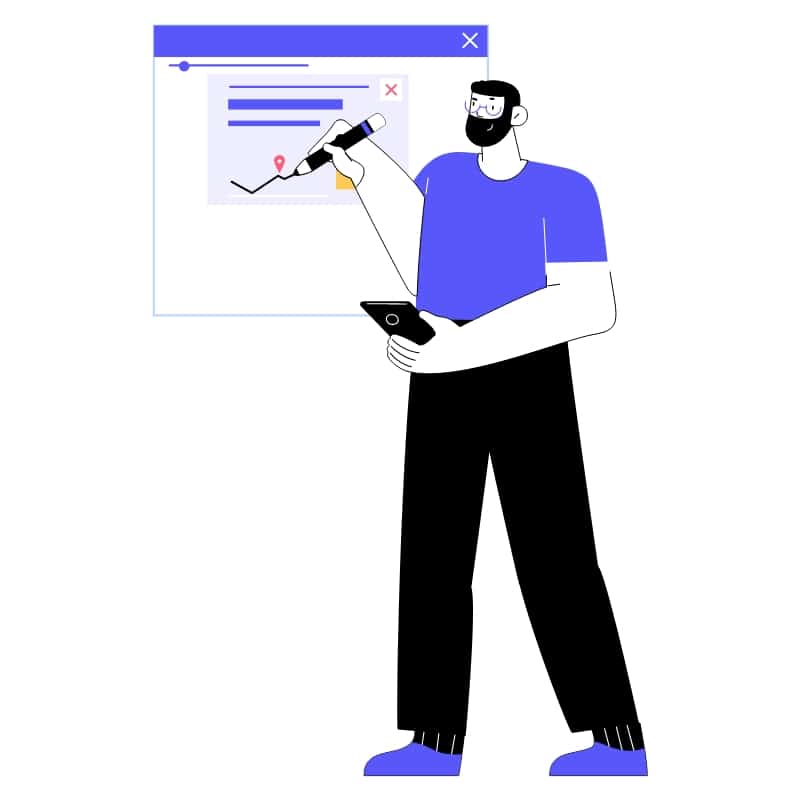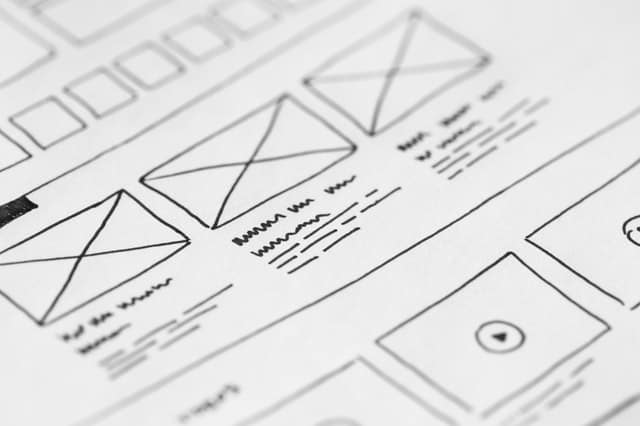
We all understand the role that consumer behaviour and emotions play in UI/UX design. However, in this piece, you will understand the impact of the human brain’s functioning on determining the effectiveness of a marketing strategy and how neuromarketing can help leverage research-based methods to elevate your UI/UX design process.
The Human Brain
Neuromarketing is a relatively recent term and has only started to bloom in the past decade. What essentially lies behind neuromarketing is the use of studies and research done by neuro and behavioural scientists. In order to grasp the basics of neuromarketing, let me tell you a little about how our brains function and react to stimuli.
Our brain can be divided into three parts, namely the stem, the limbic and the neocortex. The stem is responsible for regulating basic body functions; the limbic is responsible for emotions and neocortex for logic, reasoning and intellect. It is the limbic portion which determines how a customer engages with a product or service and how the experiences will be. Neuroscience tells us three features of the limbic brain that affect human behaviour:
Conservativeness
Our brain consumes a significant amount of energy despite being small in size. This leads the brain to conserve a lot of energy and results in it not using the neocortex too often, which means a lot of our decisions are driven by emotions rather than logic. When we interact with text, images or any other kind of systems, the brain triggers our emotions. This often leads to quicker and subjective decisions.
Perception
Our brain tends to form perceptions based on past knowledge and experiences. Perception drives expectations and ultimately determines how we feel during an interaction, like satisfied, excited or disappointed.
Adaptability/Neuroplasticity
The brain simply adapts the thinking and functioning process as per the conditions and as it gains new experiences. This means that we are less likely to react to stimuli, in the same way, today as we did 5 years ago.
How Neuromarketing Impacts the UI/UX Design

Insights from various neuroscientific and behavioural studies give UX designers the idea to optimise their design process to better predict user behaviour rather than taking guesses. Let me list down a few impacts:
Better understanding of brain states
Equipped with an understanding of the different brain states and what factors affect individual states, the experience program can be tweaked according to the application.
Reactive Triggers
UI/UX designs that incorporate the right emotional triggers at the right places can greatly enhance the overall customer satisfaction and happiness levels.
Empathy based model
Designing an interaction and experience program with ‘empathy’ as a basis can help understand how users feel while going through a product. An empathy-based UI/UX design is intelligent and aware of people’s psychological aspects of decision making.
Cognitive Biases
Humans are subjective thinkers and possess cognitive biases by default such as herd mentality, confirmation bias etc. which can sometimes lead to errors in judgement. Designers can avoid the pitfalls and structure the programs around the biases.
From a business point of view, neuromarketing can help with better conversion rates, retention rates, higher customer satisfaction scores and better brand pull and visibility.
Techniques Used

Fluency and Disfluency
UI with simple and clear to read fonts offer a better interaction experience, decreases bounce rates and lends an uplifting feel. As opposed to this, certain ‘disfluent’ fonts which are hard to read, result in a slow read-time and increase recall and memorisation. A good design should incorporate both fluent and disfluent styles at appropriate places.
Decluttering
Clutter-free and minimalist interface designs have gained huge popularity as opposed to complicated ones in recent years. Such UI designs tend to be fuss-free and delight and uplift the user’s mood while complex designs can be overwhelming.
Priming
Anticipation is a common human trait that also drives curiosity. ‘Priming’ a customer on the information that is about to pop up leads to a more fulfilling user experience. For example, the estimated delivery time of a product on an e-commerce site tells the user in advance so that they can reassess their decisions.
Colour, Luminance and Contrast
Use of certain colours for background, foreground and font can make them pop and increase the attractiveness and attention quotient. According to colour theory, the primary colour should be around 60%. Also, the secondary colour at 30% and the accent colour at 10% making the accent stand out. Adding luminance and contrast at key points lends a dramatic and moody feel.
With my experience, I can tell that although ‘Neuromarketing’ is still in its nascent stage. Its usage and application in the UI/UX field are not just natural but a highly rewarding experience from the creator’s and user’s perspective.
Also Read:
Do you want behavioral economics related ideas to kickstart? Learn fundamental rules you can’t afford to ignore about behavioral economics.
Read how a strong business branding is what differentiates you from the rest. Business branding is very crucial for long term benefits for your business.
Ever wondered if neuromarketing is ethical or not? Clear your doubts about ethical neuromarketing in the easiest way with us now!





